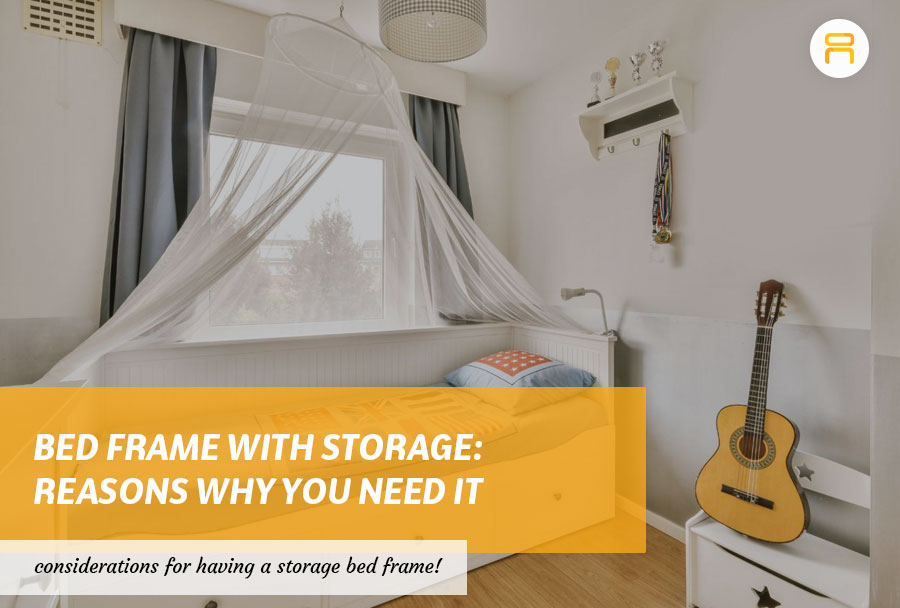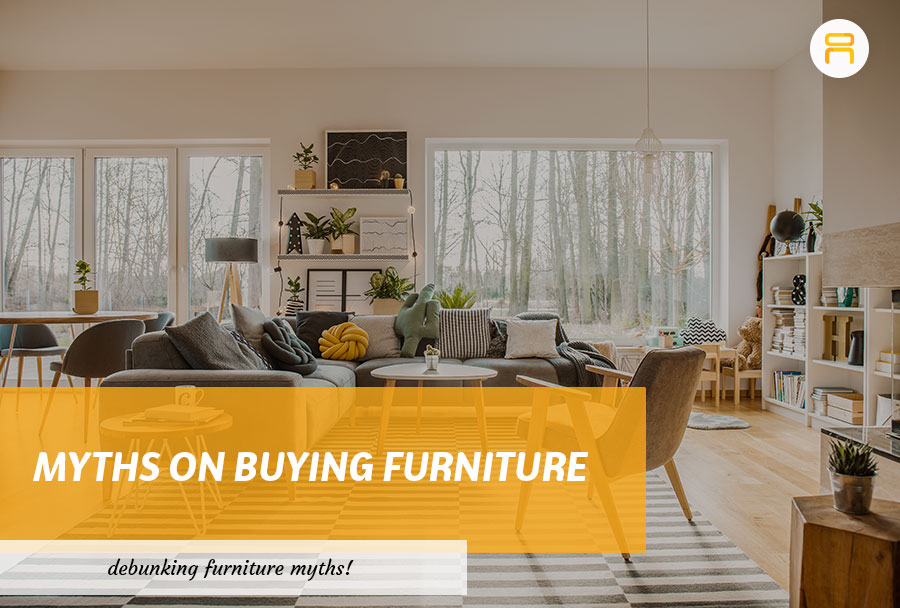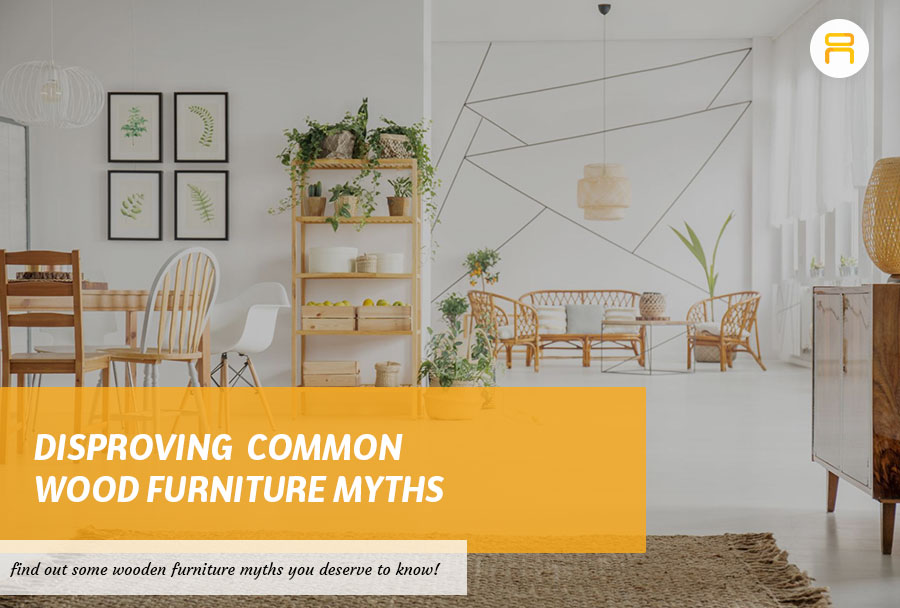
Bonded Leather & PU Leather: What’s The Difference?
Ever wondered why some sofas have that glossy finish while others don’t, albeit both being leather?
Knowing how your leather sofa was manufactured allows you to choose the treatment well-suited to the material, along with other things like usability lifetime and overall durability.
The furniture industry makes use of a variety of leather types, and two of the most popular are PU leather (also called Bycast or Bi-cast leather) and Bonded leather. Though sometimes bonded leather can be manufactured to look like PU, how each is made is very different from one another.
So, without further ado…
PU Leather
Also called bycast or bi-cast leather, PU leather is made from split leather, to reveal the fibrous part of the hide left once the top-grain of the rawhide has been separated from the hide. The resulting furry leather is then coated with poly-urethane (hence the term PU) then embossed, to bear that glossy and authentic leather texture.
It has been recently adopted by the furniture industry because the resulting leather is much easier to maintain and clean. Also, PU leather is preferred by some due to its texture and gloss, attributing to its “always brand-new” overall appearance. This type of manufactured leather is also cheaper and stronger compared to authentic animal hide or leather.
The disadvantage of PU leather is its susceptibility to cracks and splits because of the poly-urethane coating, so it is important that PU sofas are properly cared for and maintained.
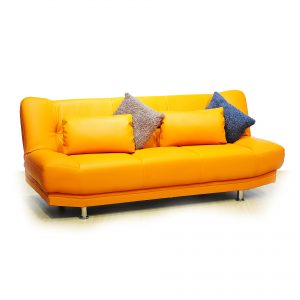
Sapphire Sofa Bed in Full PU | P 15,950.00
Bonded Leather
Also called reconstructed leather due to how it is manufactured. Bonded leather is made by bonding shredded or leftover leather using latex and then embossed using poly-urethane coating. This thin strip is then bonded into a fiber cloth or paper backing to make the resulting strip thicker and stronger.
Bonded leather is cheaper and more environment-friendly because the process utilizes excess leather from tanneries. Also, there is almost no limit to the amount of designs and textures you can produce with bonded leather, because the base material aren’t leather strips but fibers, making it completely malleable and pressing designs will be easy. Quality and usability lifetime is difficult to predict, however, due to the ranging composition and bonding process used by companies.
Bonded leather is most commonly used for handheld device casings, belts, bags and shoes.
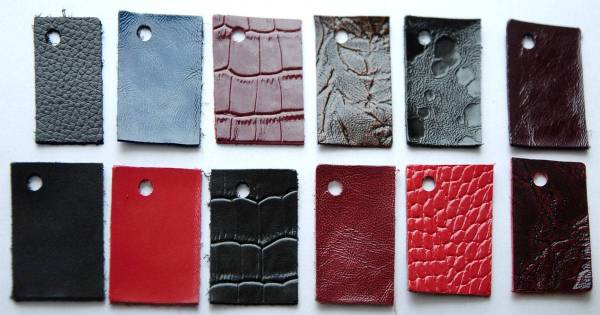
image from Wikipedia
So what do you think is better for your home? Have small kids and pets? Then maybe you should consider buying bonded leather or PU sofas, as they are easier to clean and more resistant to damage compared to authentic leather. They’re way cheaper too, so that’s a plus.
-Megan
Liked what you read? Share it to your friends and loved ones!

